The world of Peperomia is vast and fascinating. This plant genus offers something for everyone. You will find plants of many different appearances in this Genus.
There are well over 1500 peperomia varieties. Many originating in the tropical and sub tropical regions of central and South America. You will have a huge assortment to choose from.
More and more are showing up in local garden shops all the time.
Most radiator plants are pretty easy care, grow to a foot or less, and tolerate a good range of growing conditions. All great reasons to add these cuties to your plant collection.
Radiator plants are interesting and stylish. Some grow as trailers and some are compact upright growers. So many interesting ways to display these plants. You are sure to find a good fit for your home.
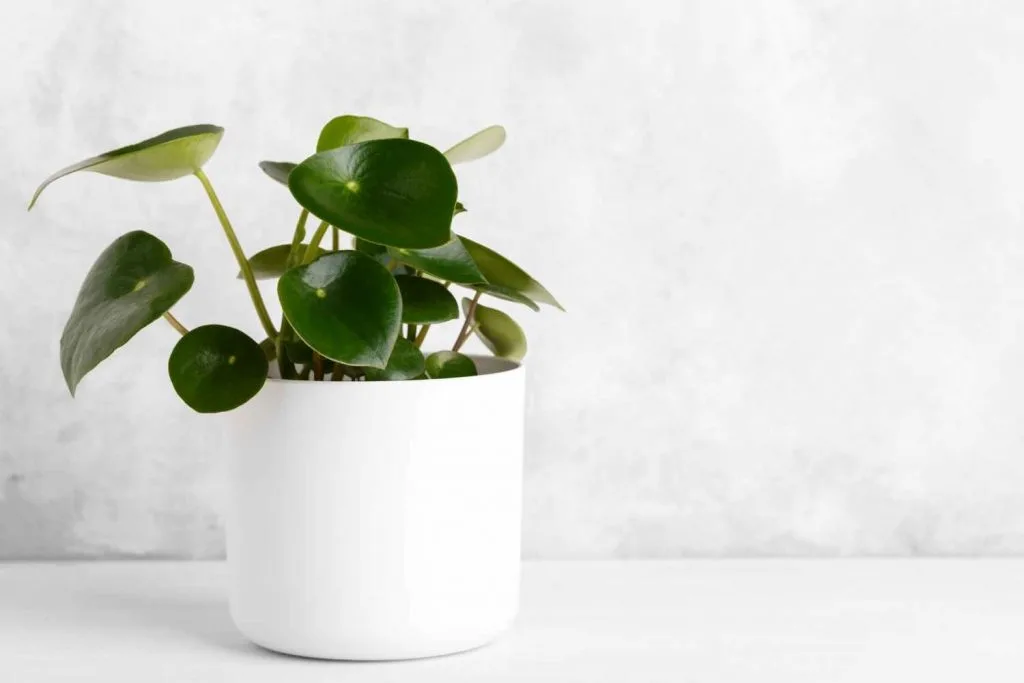
Growing Peperomia Outdoors:
Peperomia can be grown outdoors successfully If you live in climate zones 10 to 12. Here are some tips to grow your peperomia outdoors.
- These are normally small plants growing slowly to about 12 inches in height. Be sure to Plant them where they can be seen.
- The different varieties of peperomia may be either annual or perennial. Choose perennials for garden beds and annual for planters.
- Some radiator plants will flower in optimal conditions outdoors. The flowers are usually small and insignificant. These are normally grown as foliage plants.
- Most Peperomia species do well outdoors in warm dappled sunlight or light shade.
- Harsh hot sun rays beating down on peperomia plants for long hours a day will scorch leaves and dry out the plant too much. Plant them under trees, awnings, or shaded garden areas.
- They need well draining soil that won’t hold too much excess water or the plants will get root rot.
- If you have warm summers and chilly winters (under 60 degrees F), plant your peperomia in a container you can easily move indoors for the winter months.
- Once established in friendly conditions, these are plants you won’t have to fuss with. Little water and fertilizer are required to successfully grow peperomia outdoors.
Growing Peperomia Indoors:
If you live in one of the colder climate zones, tuck one of these cuties into a favorite indoor nook to brighten your world.
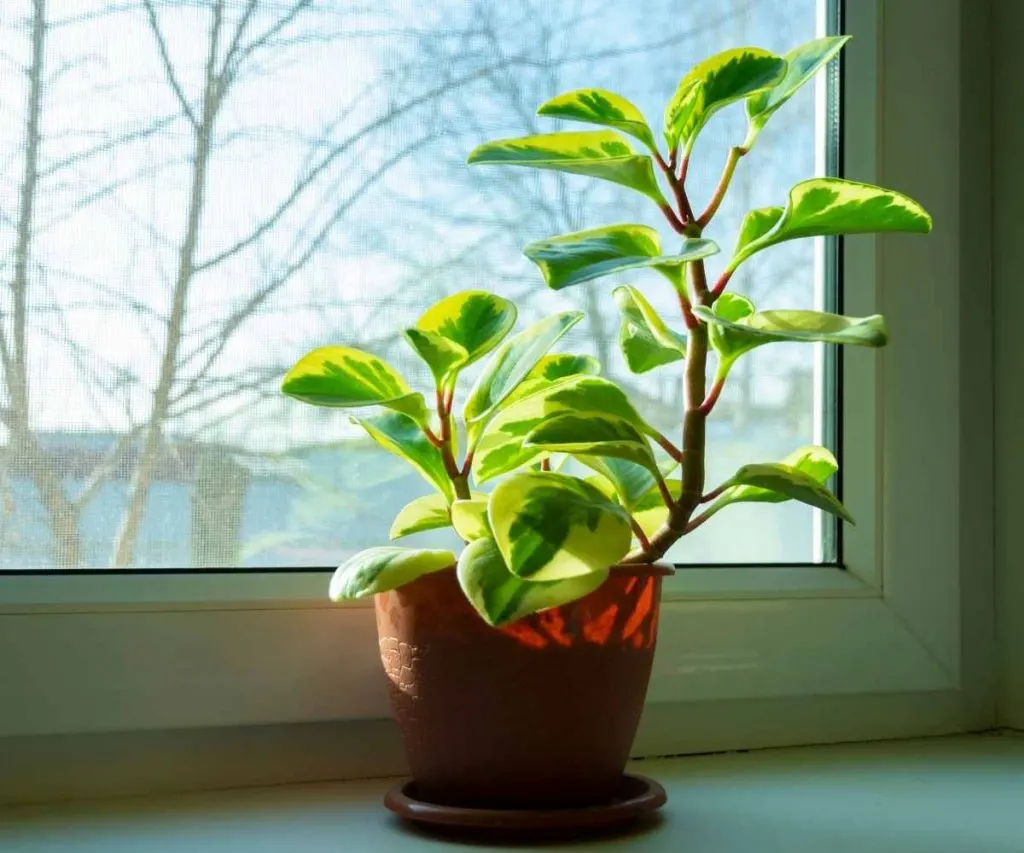
Peperomia plants are good at surviving in less hospitable conditions. They will take some neglect.
These plants can usually require very little care. In nature, and in your plant pot, they can survive on minimum nutrients, moderate light and little water.
So they DON’T need much watering or fertilizer. The roots prefer drier less rich soil. The leaves are fleshy and full of water.
However, they do appreciate humidity. Peperomias will hydrate themselves through the leaves in tropical climates. You may need to increase the humidity in your home to avoid dry crispy leaf tips.
Peperomia stay small with a slow growth habit to 12 inches. This makes them wonderful houseplants.
As with most plants, the variegated varieties will need more light to keep their interesting colorations. In too low light the leaf colorations will fade.
This would be a shame. These plants are universally prized for their interesting and beautiful foliage.
Peperomia Varieties:
This plant genus offer many different succulents(drought tolerant), Lithophytes(climbs on rocks) and Epiphytes(climb on trees). Peperomias as a whole come in many different forms, colors, shapes and varieties.
In nature, some Peperomia (radiator plants) are compact, small perennial epiphytes growing on rotten wood.
Wikipedia- Peperomia Species
These are a small sampling of the different types available. There are oodles of these adorable plants in garden stores waiting for a happy home.
Here are just a few of the different types of peperomia.





Peperomia Graveolens, Variegated baby rubber plant, watermelon peperomia, Peperomia Caperata, and peperomia Hope.
Peperomias will give you lots of different leaf styles and colorations. Collect a lot of them and make a whole grouping of these easy care succulents.
The Contented Plant
Finding Peperomia Plants:
Most local garden shops will carry some peperomia plants. If you are interested in a certain variety and cannot find it locally try ESTY shops. These are normally small, family run shops in the USA. They are expert shippers and carry hard to find species. Be sure to buy from a well established, well rated shop.
Are Peperomias Toxic to Cats, Dogs and People?
All parts of Peperomias are NON TOXIC to cats, dogs and people. We don’t encourage leaving plants around pets and children. The soil and any sprays you use may contain toxins, bugs and pathogens.
But Don’t worry if a pet or child nibbles leaves. It won’t hurt them.
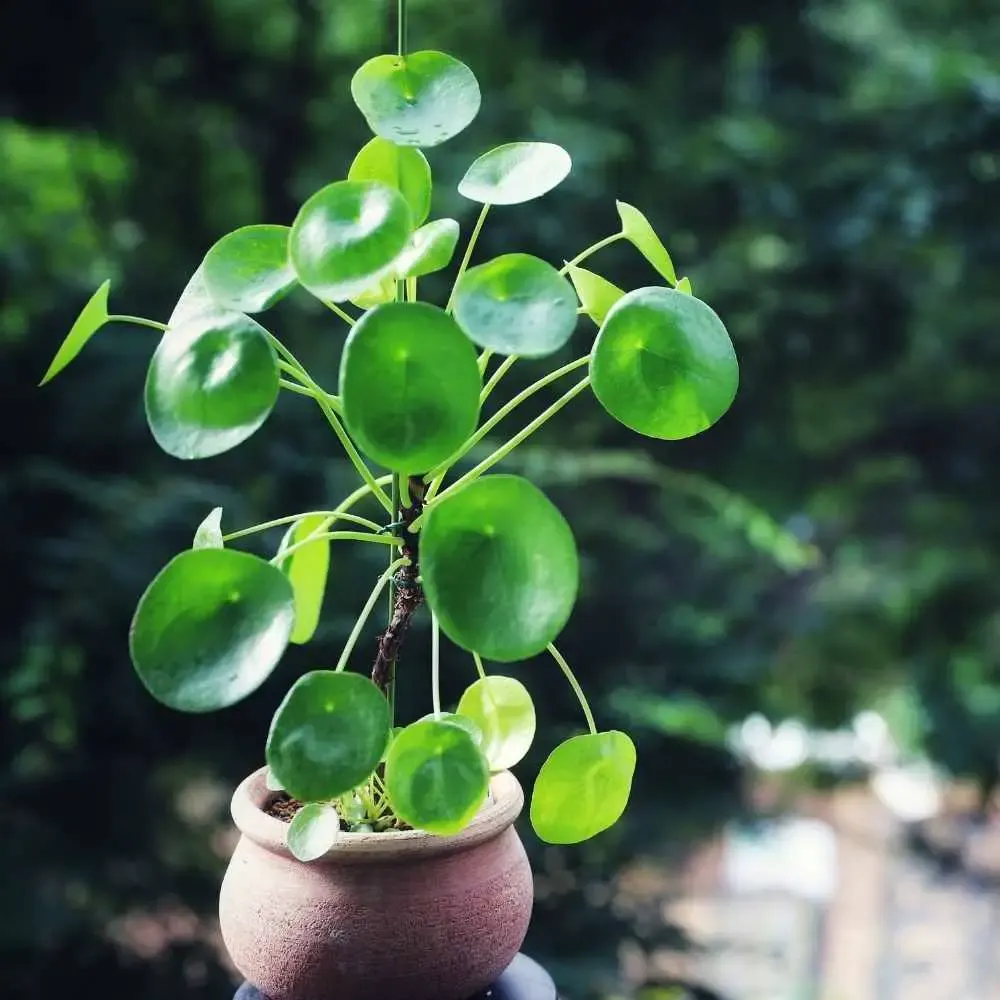
How To Care For Peperomias:
Here is our “At a Glance” care Guide for Peperomia plants. These succulents are all pretty simple to care for.
| Familiar Names: | Peperomia, Chinese Money Plant, Radiator Plant |
| Scientific Name: | Piperaceae peperomia |
| Plant Family: | Piperaceae |
| Care Difficulty: | easy care plants |
| Temperature: | 65 to 85 degrees F indoors. Climate Zones 10 to 12 outdoors. |
| Watering: | These Succulents have fleshy leaves that store water. water sparingly when top inch of soil is dry. These succulents are extremely sensitive to overwatering. |
| Soil: | Plant outdoors in wet draining soil. Indoors use a Succulent soil mix mixed with 20% orchid bark. |
| Lighting: | Moderate to bright INDIRECT light 6 to 8 hours a day. |
| Growth: | These are small slow growing plants. Most peperomia plants reach a height of about 12 inches. |
Printable Care Guide:
The amazing thing is with so many diverse types of plants in this genus. They all need pretty much the same care. They are universally easy housemates and garden plants.
Peperomia Care Guide
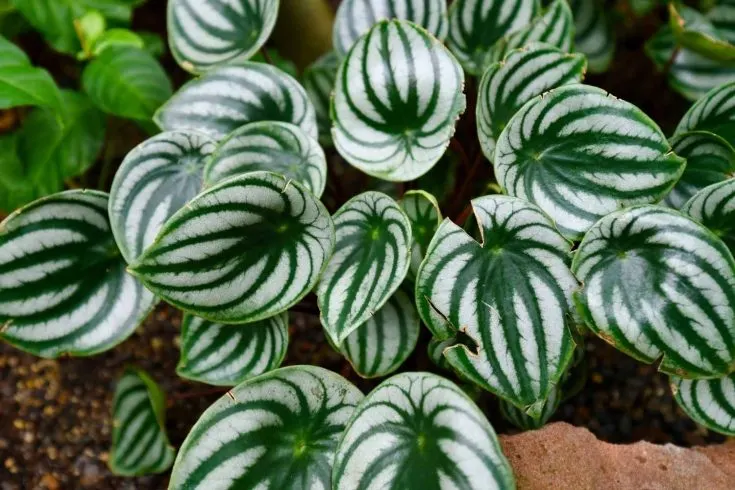
The world of Peperomias is vast. There are over 1500 species of this genus. This care guide will describe the best practices for basic care for most common peperomias.
Instructions
Soil Preference:
- Peperomias prefer well draining potting mix. The roots will rot quickly if they sit in moist compact soil.
- I've linked our choices for a good succulent soil mix and orchid bark in the materials above for you. Use 80% succulent/20% orchid bark mix.
Pot Size and Type:
- Peperomias do best in pots that drain well and fit their roots. They don't mind being a little root bound.
- Repot every second year or when roots come out of the pot. Don't jump to a huge pot from a small one. Just go to the next size up pot.
Preferred light:
- Variegated Peperomias need moderate to bright INDIRECT light at least 6 hours a day. Keep them out of strong direct hot light.
- solid green peperomias will tolerate low light conditions but will also grow very slowly and have less vibrant colorings.
How to Water a peperomia:
- Peperomias do NOT tolerate over watering. When properly potted in a succulent soil mix they need weekly watering.
- In growing season and brighter light with warm dry temperatures you may need to water more than once a week but don't over do it.
- Best practice in watering peperomias is to let the top of the soil dry completely. Now drench the plant till the water comes out the drainage hole. Dump out the water in the drain plate. Allow to dry again. Repeat.
- In dormant winter months reduce watering to when the soil is completely dry.
- Never let this plant get wet feet. Long periods of heavy wet soil encourages root rot and Fungus Gnats.
Fertilizing Peperomias:
- Peperomias generally need little excess fertilizer.
- You can fertilize monthly in the growing season if you use quarter strength fertilizer.
- Decrease feedings by late Fall and allow your plant to rest through the winter months.
Temperature Range for peperomia:
- Peperomia plants will do best in temperatures between 65-85 degrees F.
- Keep them out of drafts from windows, heating vents or air conditioners. Huge temperature fluctuations are not good for these plants.
Pests:
- Peperomias are susceptible to mealybugs.
- Stress by longterm overwatering, poor light, extreme temperatures and soil conditions are contributors to pest infestations..
- Read our post on How to get rid of aphids and other pests with our homemade pesticide soap recipe or neems oil.
- To minimize the possibility of pests be sure to check all nursery plants before bringing them home.
- Watch for cottony masses that indicate mealy bugs.
- If you find mealy bugs use a cotton swab soaked in rubbing alcohol to remove it from your plant.
- Quarantine all new plants until you are sure no pests live in them.
Peperomia Propagation:
- peperomias grow naturally in clusters. When repotting you can pull the clusters apart and repot into different planters.
- Stem Cuttings: Take a stem down to the soil line and pull it off. Plant it in wet soil. In about a month it will develop small plant petals and continue growing a new plant.
Non Toxic:
- Peperomias are non toxic to pets.
More Great Beginner Houseplants:
Houseplants are all pretty easy once you know what they need to thrive. Our care guides are here to help. Plants are so beneficial to us and our world. Choose your favorite.
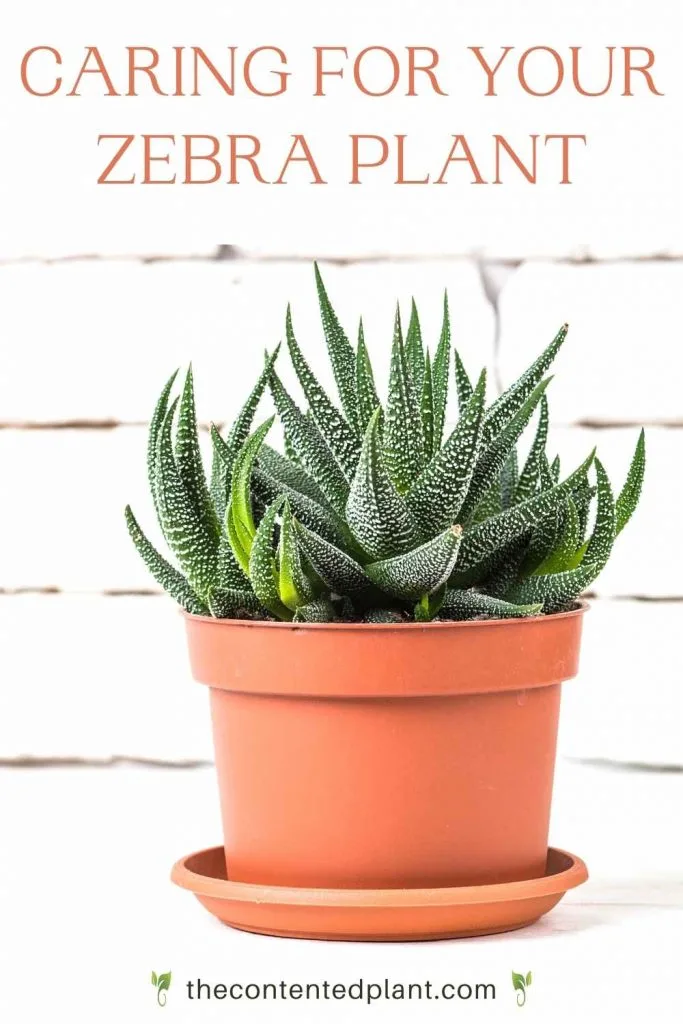
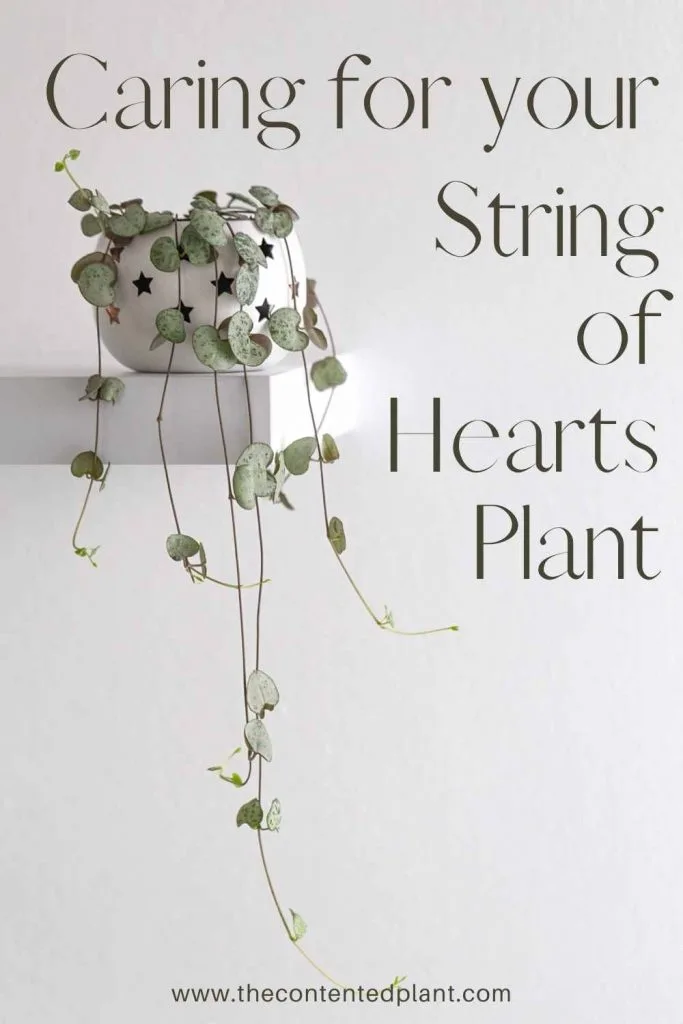
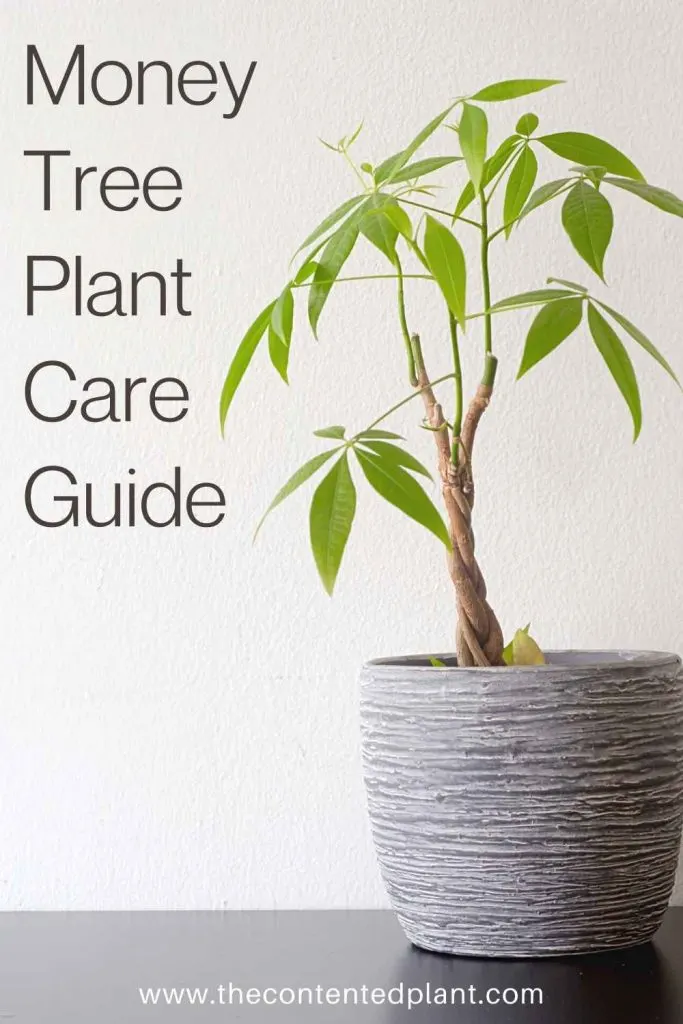
Related Posts:
Follow Us:
Find us on YouTube, Instagram , Pinterest and TikTok! We love to Plant chat. We also comment, like and occasionally share your content to our daily stories. We’d love to see your plants. Share your joy in your houseplants. Happy Planting!
Recent Posts:
- 5 Fantastic Cactus Species for Your Home
- Pygmy Date Palm Trees
- Bromeliad Care Guide and Profile
- Growing Gloxinia Plants in Your Home
- Staghorn Ferns Care and Maintenance
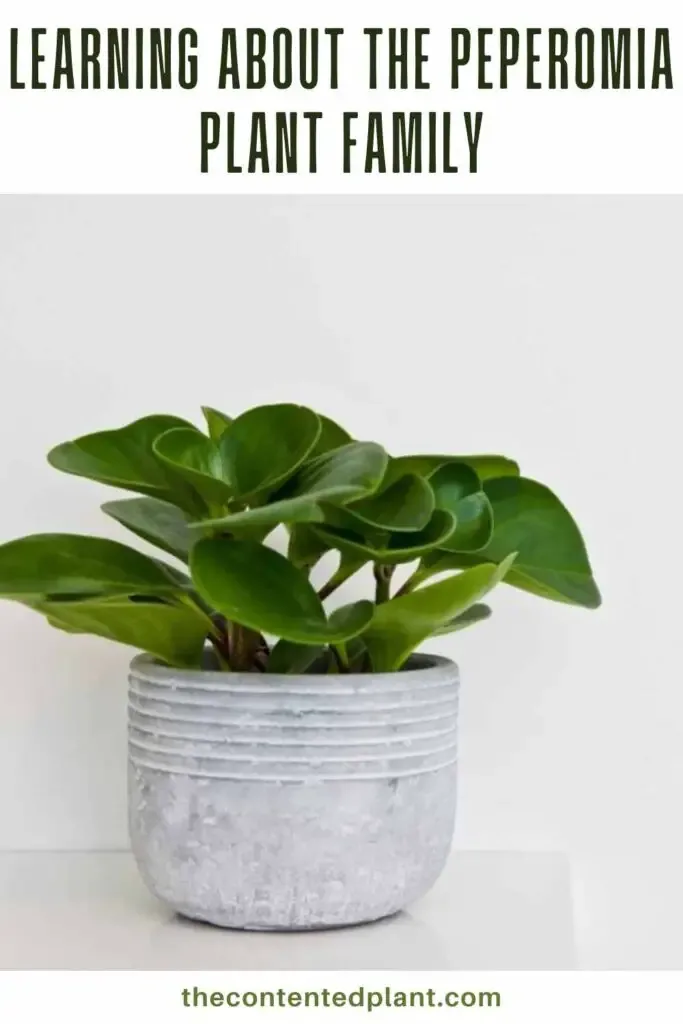
Further Reading: JoyusGardening

Prickly Pear Cacti: - The Contented Plant
Saturday 10th of June 2023
[…] Peperomia Care guide And Plant Profile […]
Baby Rubber Plant Profile-Peperomia Obtusifolia - The Contented Plant
Sunday 24th of July 2022
[…] For a more in depth look at caring for peperomias read our post on Caring for Peperomias. […]
Best Low Light Indoor Plants - The Contented Plant
Friday 13th of May 2022
[…] that grow as low light indoor hanging plants. Looking for low light bathroom plants, cute and bushy table top , or floor plants, and even a large low light indoor plant tree? Check out this […]
Peperomia Caperata Care Guide - The Contented Plant
Tuesday 15th of February 2022
[…] Peperomia Care guide And Plant Profile […]